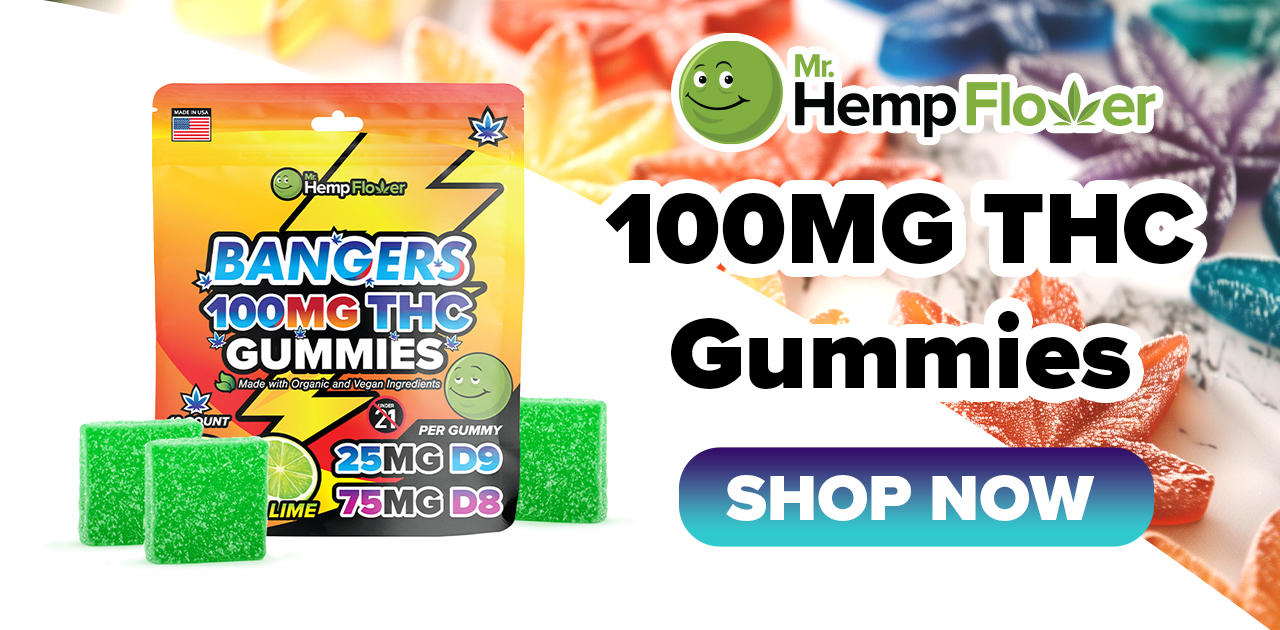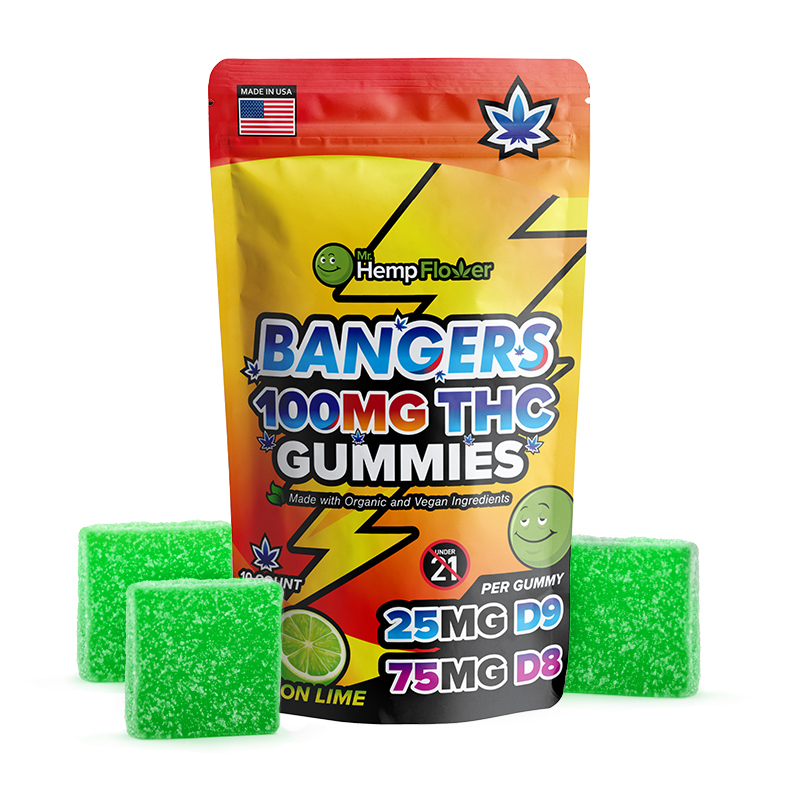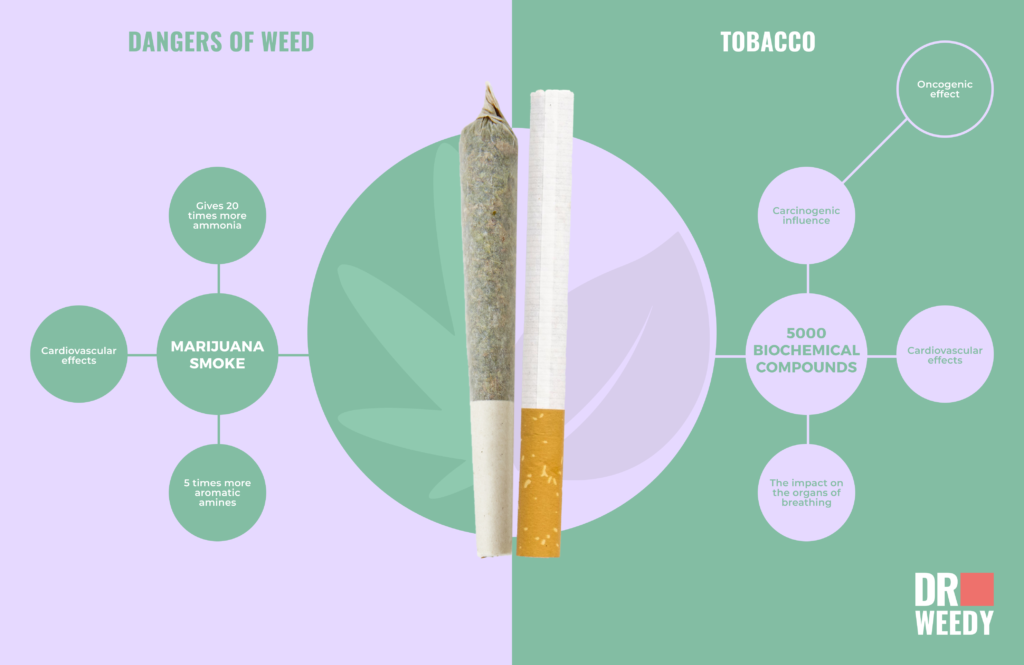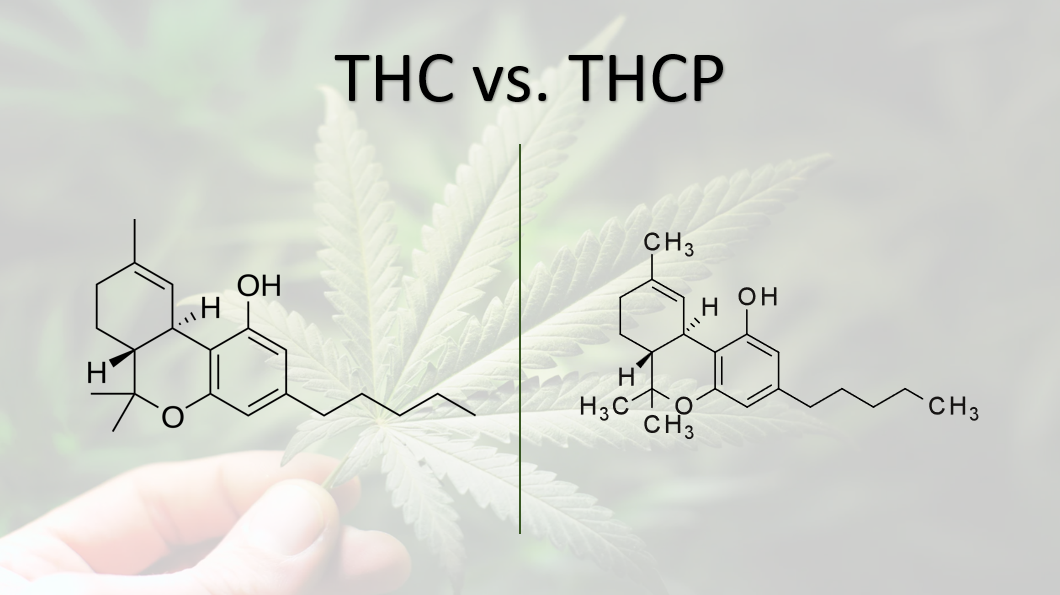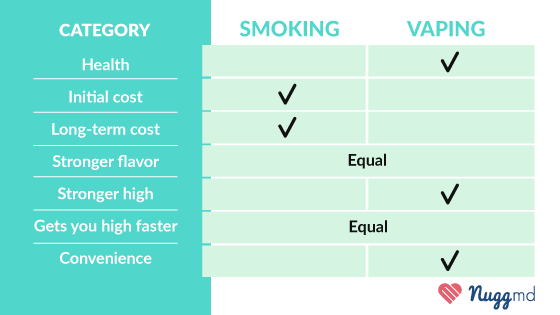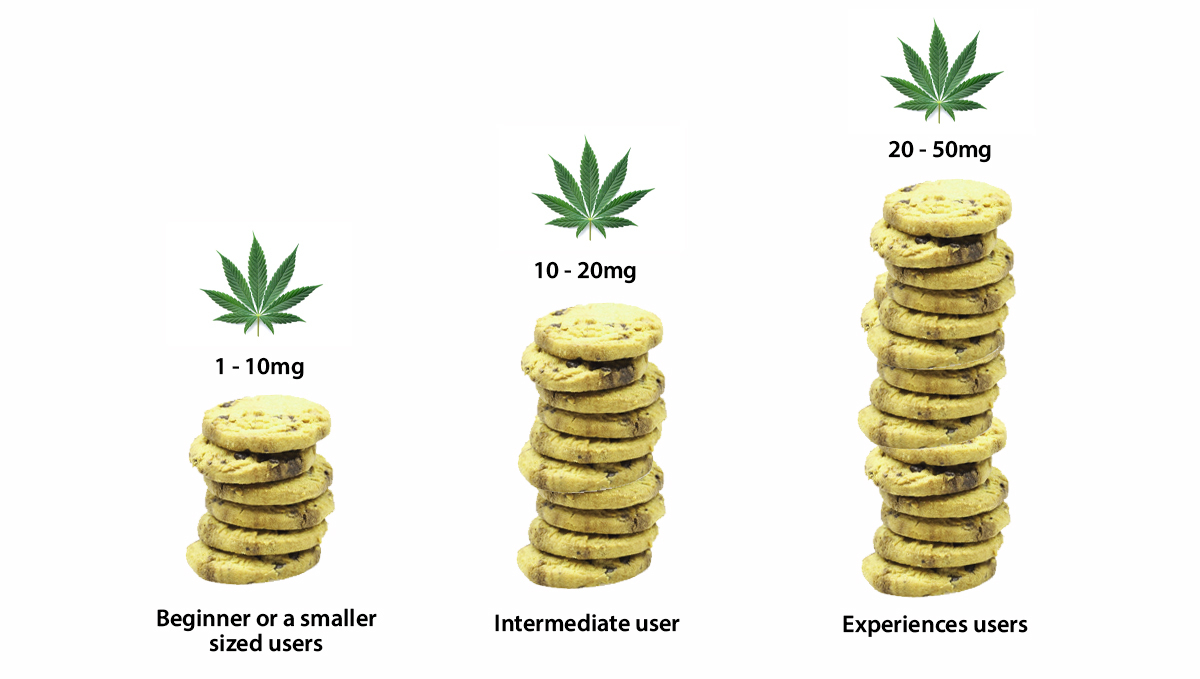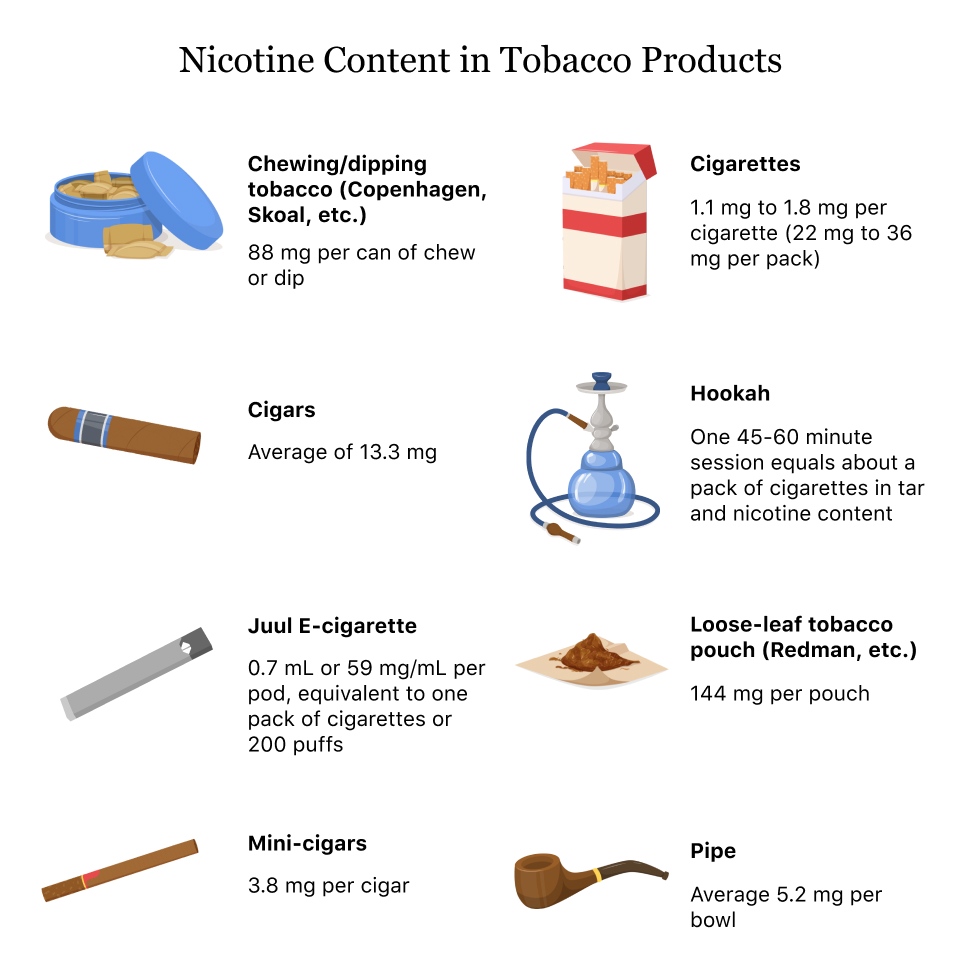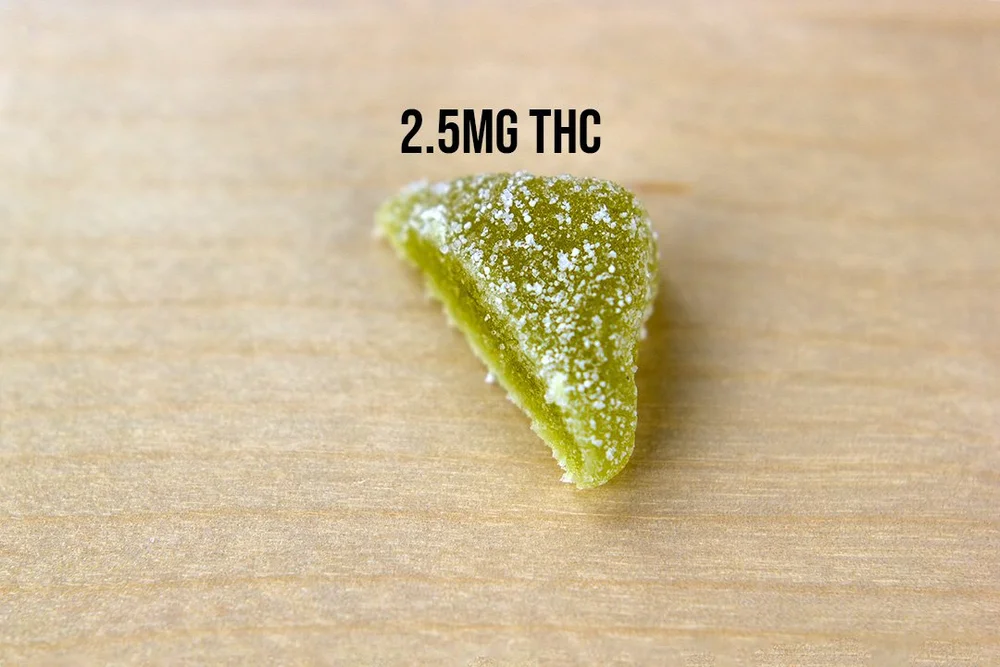100 Mg Of Thc Compared To Smoking
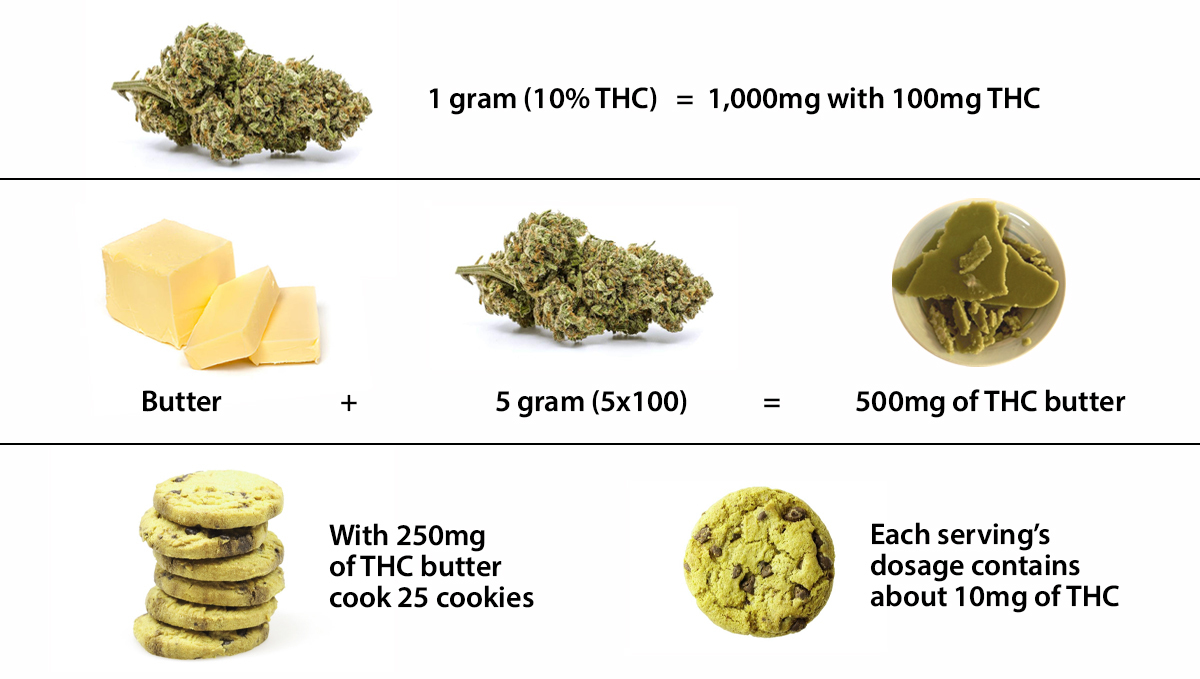
A surge in emergency room visits nationwide is raising alarms as individuals unfamiliar with edible cannabis products, particularly those containing 100mg of THC, experience severe adverse reactions. Experts warn the delayed and intensified effects of edibles compared to smoking are leading to dangerous overdoses and hospitalizations.
This report investigates the growing health crisis stemming from the misunderstanding of edible cannabis potency, contrasting the effects of 100mg THC edibles with traditional smoking methods, and detailing the resulting consequences for public health and safety.
The Edible Emergency: 100mg THC – A Recipe for Disaster?
Emergency rooms across the United States are seeing a spike in patients presenting with symptoms of cannabis overdose.
The common denominator: consumption of edible cannabis products, often containing 100mg of THC – a dosage considered extremely high for infrequent users.
Data from the Centers for Disease Control and Prevention (CDC) indicates a significant rise in cannabis-related emergency room visits since the legalization of recreational marijuana in several states.
Delayed Onset, Intensified Effects: The Edible Difference
The key difference lies in how the body processes THC from edibles versus smoking.
When smoked, THC enters the bloodstream rapidly through the lungs, leading to near-immediate effects.
Edibles, however, must first be digested, a process that can take between 30 minutes to 2 hours.
This delay often leads users to consume more, believing the initial dose was insufficient.
Furthermore, the liver converts THC into 11-hydroxy-THC, a more potent psychoactive compound, resulting in a stronger and longer-lasting high.
Dr. Emily Carter, an emergency medicine physician at Denver Health, explains that the delayed and amplified effects are catching many users off guard.
100mg THC: A Potent Dose
100mg of THC is generally considered an extremely high dose, even for experienced cannabis users.
According to the National Institute on Drug Abuse (NIDA), a typical starting dose for edibles is around 5-10mg of THC.
A 100mg dose can induce severe anxiety, paranoia, hallucinations, rapid heart rate, and even psychosis, particularly in individuals with pre-existing mental health conditions or those who are naive to cannabis use.
Contrasting with Smoking: A Matter of Control
Smoking cannabis allows for more controlled dosing.
Users can gauge the effects after a few puffs and stop before experiencing overwhelming intoxication.
With edibles, this control is lost.
The delayed onset makes it difficult to regulate consumption, leading to accidental overconsumption and subsequent adverse effects.
Furthermore, the high potency of many commercially available edibles, often marketed with appealing flavors and deceptive packaging, contributes to the problem.
The Alcohol and Tobacco Tax and Trade Bureau (TTB) do not currently regulate edible packaging, creating inconsistencies across states.
Who is Affected?
While anyone can experience adverse effects from overconsuming THC, certain populations are particularly vulnerable.
Young adults and adolescents, whose brains are still developing, are at increased risk of long-term cognitive and psychological consequences.
Individuals with pre-existing mental health conditions, such as anxiety or schizophrenia, may experience exacerbation of their symptoms.
Children are also at risk, as edibles can easily be mistaken for regular candies or baked goods.
Accidental ingestion by children can lead to serious medical complications, requiring immediate medical attention.
Data from the Colorado Department of Public Health & Environment shows a marked increase in pediatric cannabis exposures since recreational legalization.
Where is this Happening?
This trend is observed across states with legalized recreational cannabis, including Colorado, California, Washington, and Oregon.
However, even in states where cannabis is illegal, the availability of unregulated edibles through online vendors or black market sources poses a significant risk.
The lack of standardized regulations and quality control measures contributes to the variability in THC content and product safety.
When Did This Become a Problem?
The rise in edible-related emergencies coincides with the increasing legalization and commercialization of cannabis.
As the cannabis industry has expanded, the availability and potency of edible products have also increased, leading to greater exposure and potential for harm.
The issue has become particularly acute in the past few years, as more states have legalized recreational cannabis and the market has become more competitive.
The Path Forward: Education, Regulation, and Prevention
Addressing this growing health crisis requires a multi-pronged approach.
Public health education campaigns are crucial to raise awareness about the risks of high-potency edibles and promote responsible consumption practices.
Stricter regulations on edible packaging, labeling, and dosage limits are needed to ensure product safety and prevent accidental overconsumption.
Increased funding for research on the long-term effects of cannabis use, particularly in adolescents, is essential.
Healthcare providers need to be better trained to recognize and manage cannabis-related emergencies.
Law enforcement agencies must continue to combat the illegal distribution of unregulated cannabis products.
The CDC and NIDA are actively monitoring the situation and providing guidance to state and local health departments.
Further research and data collection are needed to fully understand the scope of the problem and develop effective prevention strategies.
The urgent need for comprehensive action is clear: protecting public health requires informed consumers, responsible industry practices, and robust regulatory oversight.


